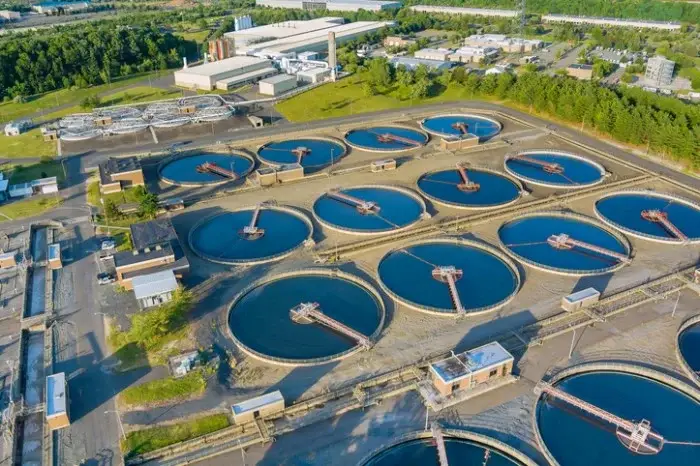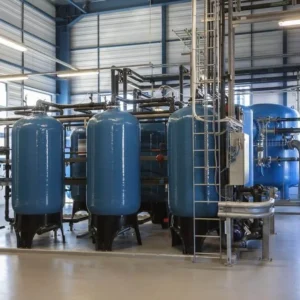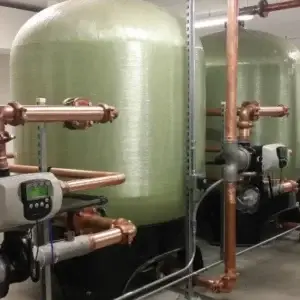Description
Understanding Water Filtration Needs in Industrial Applications
Industrial Water Filtration Water quality is a fundamental aspect of various industrial processes, especially in applications that utilize brackish and seawater. Industries such as energy production, mining, and agriculture rely heavily on effective water filtration systems to maintain operational efficiency and ensure the safety of their processes. The presence of high salinity levels and contaminants in these water sources poses significant challenges that must be addressed with advanced filtration technologies.
Brackish and seawater are characterized by their elevated concentrations of salts and other dissolved solids, which can adversely affect machinery and processes in industries. Without adequate filtration, corrosive elements can lead to equipment failures, increased maintenance costs, and reduced production capacity. For instance, in energy production, the utilization of seawater for cooling processes necessitates robust filtration systems to remove particulates and microbial contaminants that could hinder performance. Similarly, in mining operations, water sourced from brackish environments needs to be treated to reduce salinity levels to prevent damage to processing equipment and to comply with regulations governing water discharge.
Agriculture is another sector where water filtration plays a pivotal role, particularly in the sustainable use of brackish water for irrigation. As water scarcity becomes a global concern, many agricultural operations are turning to advanced filtration technologies to transform saline water into a viable resource for crop production. The application of reverse osmosis (RO) and other membrane-based technologies has proven effective in desalinating brackish water, enabling farmers to maintain productivity even in arid environments.
Overall, the understanding of water filtration needs in industrial settings is critical. The challenges presented by high salinity and contaminants necessitate innovative filtration solutions to ensure not only operational efficiency but also adherence to environmental regulations. Employing advanced filtration technologies not only mitigates potential issues but also enhances sustainability efforts across industries, paving the way for a more resilient water strategy in the face of escalating demands.
Comparative Analysis of Filtration Technologies for Brackish and Seawater
In the realm of industrial water treatment, particularly for brackish and seawater, several filtration technologies have emerged as effective solutions. One of the most widely recognized methods is reverse osmosis (RO), which employs a semipermeable membrane to remove dissolved solids and contaminants from water. RO is highly effective in desalinating seawater, enabling industries to access fresh water from saline sources. However, the energy consumption associated with RO systems can be significant, making them less cost-effective in some scenarios.
Another promising technology is nanofiltration (NF), which operates at a pressure lower than that of RO and allows for the selective removal of divalent ions and larger organic molecules while permitting monovalent ions to pass through. This feature makes NF particularly suitable for treating brackish water, as it achieves a balance between salt rejection and water recovery. While NF systems are generally more energy-efficient than RO systems, they do not achieve the same level of desalination and may require further treatment for certain applications.
Membrane distillation (MD) is gaining traction in industrial settings due to its potential for low-energy desalination. This method utilizes the vapor pressure difference across a hydrophobic membrane, allowing water vapor to pass through while leaving behind salts and contaminants. Although MD has demonstrated effectiveness in treating brackish and seawater, it is still largely in the developmental stage compared to RO and NF and often faces challenges regarding scalability and cost.
Assessing these technologies involves considering various factors, including cost-effectiveness, energy consumption, scalability, and the specific quality of water to be treated. Recent advancements in filtration technology, such as improvements in membrane materials and energy recovery systems, have bolstered the performance and sustainability of these water treatment processes. Understanding these nuances helps industries make informed decisions on the most appropriate water filtration solutions for their specific operational needs.




